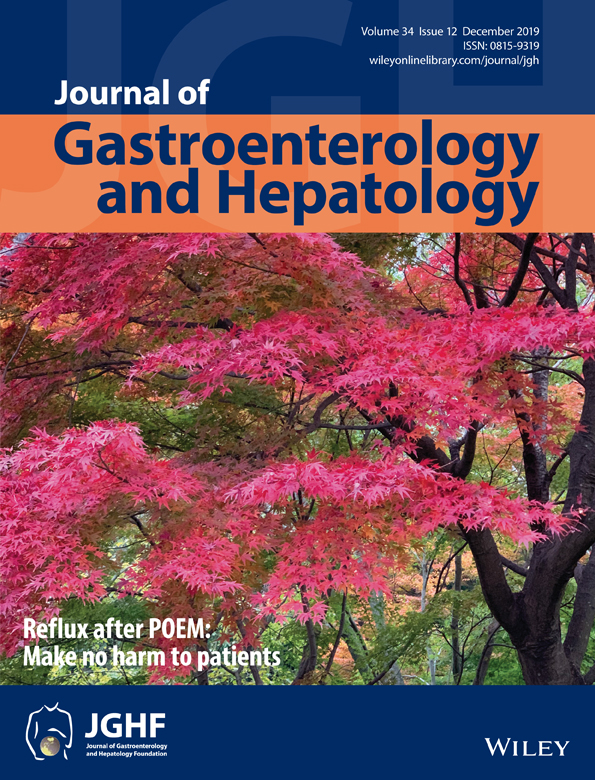The zinc finger protein GATA4 induces mesenchymal-to-epithelial transition and cellular senescence through the nuclear factor-κB pathway in hepatocellular carcinoma
Abstract
Background and Aim
The high mortality and poor prognosis of hepatocellular carcinoma (HCC) have raised the public attention. Gene therapy is considered as a promising treatment option for cancer; thus, finding a new therapeutic target for HCC is urgently needed. GATA4 is a tumor suppressor gene in multiple cancers, but its role in HCC is unclear. In this study, we explored the function of GATA4 in HCC.
Methods
Reverse transcription–polymerase chain reaction and quantitative polymerase chain reaction were used to detect the mRNA expression of GATA4 in HCC cells and tissues. Cell viability, transwell, colony formation, and flow cytometry assays were applied to examine different aspects of biological effects of GATA4 in vitro. Xenografts, immunohistochemistry, and terminal deoxynucleotidyl transferase-mediated digoxigenin-dUTP nick-end labeling assays were performed to evaluate the effect of GATA4 on tumorigenicity in vivo. Western blotting, immunofluorescence, and β-galactosidase staining were used to investigate the mechanism underlying the function of GATA4.
Results
We found that GATA4 was silenced in 15/19 (79%) HCC tissues. Restoring the expression of GATA4 induced G0/G1 phase arrest, promoted apoptosis, suppressed HCC proliferation in vitro, and inhibited HCC tumor growth in vivo. Our data further showed that the ectopic expression of GATA4 induced cellular senescence through regulating nuclear factor-κB and inducing mesenchymal-to-epithelial transition.
Conclusions
Our data demonstrated that by inducing cellular senescence and mesenchymal-to-epithelial transition, GATA4 plays a crucial role as a tumor suppressor in HCC. It may thus be a potential cancer therapeutic target for HCC.




